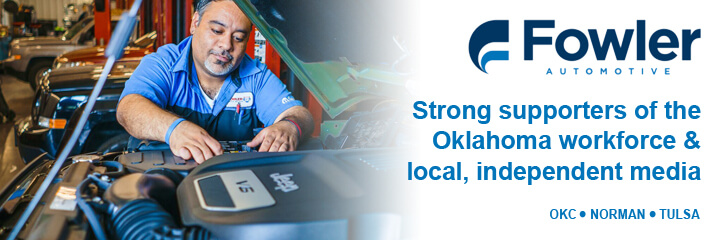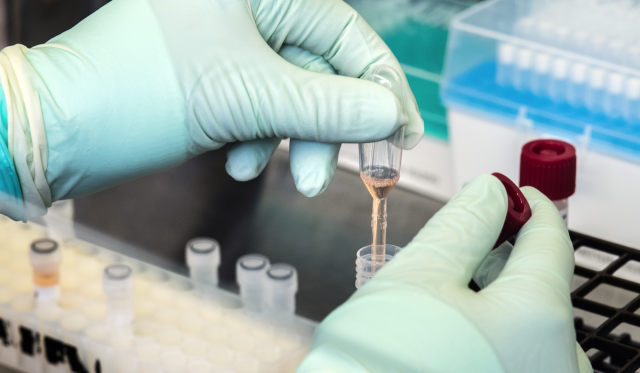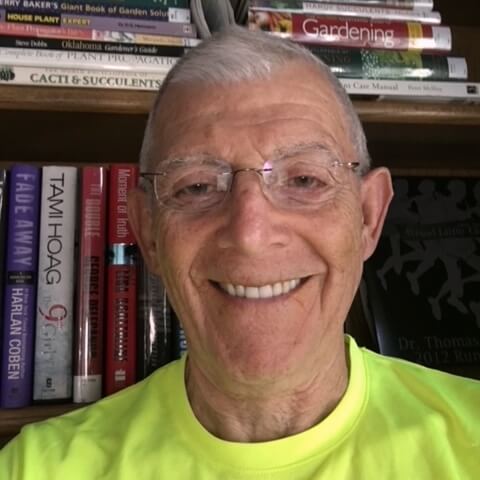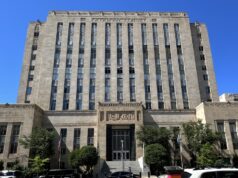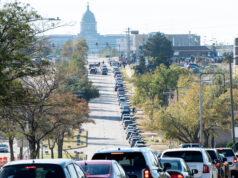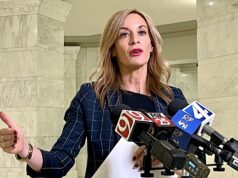
What we know about COVID-19 today is different from what we knew as little as a month ago, let alone a year ago. Since the novel coronavirus hit the United States, we have learned much about transmission, the importance of masking and disinfection.
It can be difficult for public messaging and practices to keep up with the advances in science. For instance, since the early days of the pandemic, we have been told to wear gloves, disinfect surfaces and avoid touching things others have touched.
However, we now know that the main way COVID-19 spreads is through the air. You’re much less likely to catch the virus from a contaminated surface. Disinfection is still a useful practice, but it’s not the key to keeping COVID-19 at bay.
The practice of medicine is based in science. What doctors learn in medical school eventually becomes obsolete as new discoveries continually rewrite the textbooks. Doctors must constantly update their knowledge to be of service to their patients. With this virus, new information is coming along at a blistering pace. Changing COVID-19 recommendations can seem arbitrary, but they’re actually a sign that science is advancing. Only by constantly updating our knowledge and understanding of COVID-19 can we be safe and free of this disease.
Science supports masks
As our knowledge has evolved, it has become increasingly clear that wearing a mask is perhaps the most important thing we can do to prevent the virus from spreading.
Masking has been a controversial subject in some circles. But the science on masking is abundant and clear. We should all wear a mask while in close contact with others. Why masking is not obligatory for such settings throughout Oklahoma defies scientific knowledge and common sense.
Air coming from the nose or lungs of someone who is infected contains the virus; breathing this air can cause infection. Coughing or sneezing produces droplets of fluid containing the virus. Breathing in these droplets can cause infection.
Masks reduce or stop transmission of COVID-19 in two ways. First, the mask reduces the amount of virus exhaled by an infected person. Second, it reduces the amount of virus inhaled by the wearer. Perhaps you have heard that wearing a mask doesn’t do much to protect the wearer from infection, and that masks only prevent infected people from spreading the virus.
We now know, however, that it works both ways. This is partly because more recent information shows that the amount of virus inhaled (also known as the “inoculum”) plays a role in whether infection develops. Even if a mask doesn’t filter out all of the virus, it will reduce the amount of virus inhaled, indicating that masks are more important than we thought.
Not all masks are created equal. The most effective mask is the N95, the mask worn by medical professionals. The N95 filters 95 percent of particles the size of the COVID-19 virus. But these masks are in short supply and are mainly used in medical contexts. For most people, the thing to remember is that the tighter a mask fits, the more effective it is. Masks with layers are better. And actual masks are much more effective than bandanas or neck gators.
COVID-19 recommendations evolve
In an effort to reduce spreading the COVID virus, some people use face shields. Again, face shields were an initial good idea, but recent research shows they are not effective at preventing the transmission of COVID. Shields cover the face and eyes, which can block droplets from being disseminated. However, the shield is open allowing air containing the virus to escape from the sides and bottom.
Like masking, distancing has also been shown to be important, though the official guidelines do not account for every situation and setting. The idea behind distancing is that any virus breathed into the air is diluted, thus reducing the amount that others might inhale.
Traditionally, distancing means having people stay six feet apart. The six-foot distance is based on early research showing how COVID-19 spreads in the air, but the required distance is different in different settings.
Ventilation is an important variable, for instance. With high ceilings and good air flow, six feet may be too rigid a boundary. If ventilation is poor, or if people are shouting, coughing or sneezing, six feet may not be adequate. The 15 minutes of close contact rule is also relative to the environment.
Mask up even after vaccination
Immunization and eventual “herd immunity” are the only ways to get out of this deadly pandemic. After immunization, can we stop wearing masks? The answer, unfortunately, is no, for three reasons.
First, even after we are immunized, it’s possible that we can still carry the virus to unimmunized people and infect them even if we’re not sick ourselves.
Second, some people will not respond the the vaccine and become immune. So we shouldn’t assume that being vaccinated is a guaranteed protection against the virus.
Lastly, new strains and variants of the virus have been discovered from South Africa, Brazil and England. These variants are more easily spread, and we do not know if the current vaccines will protect against these strains. Until the scientists figure out this problem, we need to be vigilant and continue to take all precautions.
The only way COVID-19 can be defeated is by scientists working diligently and by public leaders doing their best to apply the latest scientific knowledge. Today’s research leads to tomorrow’s recommendations to make us safer.
Only by being aware of the latest information on COVID can we know how to keep safe. By pulling together can we assure safety for our families, friends, neighbors and the entire community. Let’s think about each other. Wear masks. Distance.

